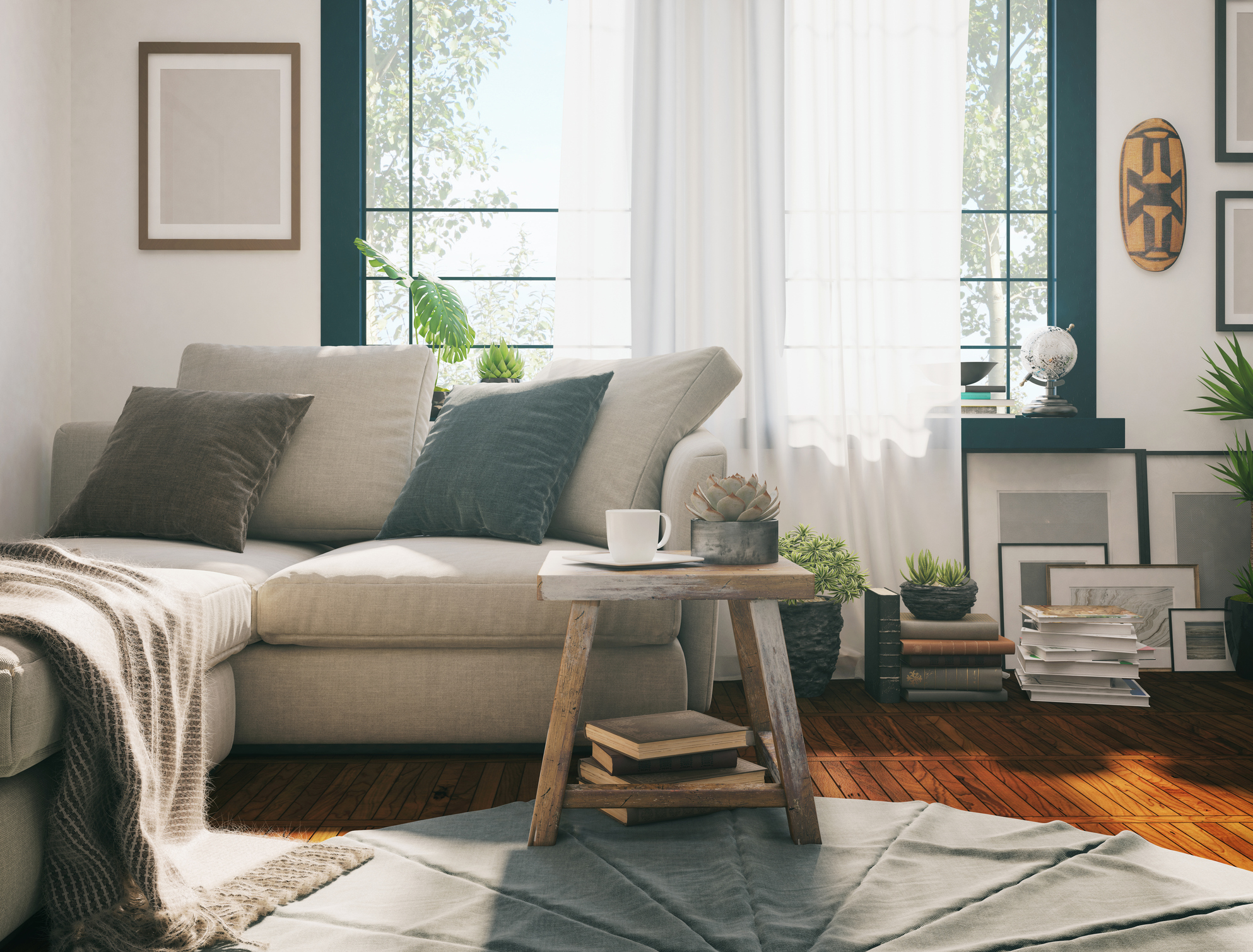How to Guide: Estimating your home contents value

Estimating your home contents value
Home contents insurance is necessary if you want to protect your belongings and personal possessions should something ever happen to your home due to storms, theft, fire, accidental damage or flood damage.
What is home contents?
We know it can be tricky to figure out what is regarded as home contents, but it generally contents consists of:
• household goods and personal property
• valuables
• satellite television receiving equipment and television and radio aerials
• money or the unauthorised use of a charge, credit or debit card up to £500
• pedal cycles up to £500 for any one pedal cycle including accessories
• office equipment used for your business, profession or trade
• loss of oil or metered up to £1,000 following accidental damage to the water or heating system.
The specifics can vary between different policies and insurance companies which is why it is always important to read your policy documents to ensure you have the right cover.
As part of any contents insurance quote, you will have to assess the value of your contents ensuring you are as accurate in your estimation as possible, as this will be the total maximum amount your policy will pay out if the unexpected occurs.
Where to begin?
A good approach is to take each room in turn and make an inventory of all items. We’ve broken it down room by room to help guide you.
Living Room
The living room is usually the heart of the home and you may have a combination of entertainment systems and soft furnishings. Make sure to include all open units and suites of furniture to your list as well as gadgets like the TV, PlayStation, Xbox, Headsets, DVD players, speakers, tablets and printers. There’s no need to list each individual item within a group when it comes to things like books and DVDs.
Other things you may want to list:
• Mirrors
• Paintings/Wall Art
• Bookshelves
• Ornaments
• Rugs
• Lamps
Kitchen
The kitchen will most likely have the greatest number of items, all of which need to be added to your inventory list. It may be easier to walk around the kitchen, sifting through cupboards as you go.
Kitchen appliances are the most important thing as they are likely to be the most expensive objects. Washing machines, tumble dryers, fridges, freezers, should all be added.
Other things you might want to list:
• Microwaves, toasters & kettles
• Dinnerware, glassware, cutlery, pots and pans
• Any soup makers, rice cookers, slow cookers or blenders
• Kitchen table and chairs
• Food
Bedrooms
Bedrooms will contain typical furniture like beds, wardrobes, dresser stands and desks. Don’t forget to add what might be in them such as clothes, shoes, bags and accessories.
If you are the lucky owner of designer goods or vintage pieces, they may have a price tag of several thousand pounds in their own right so some insurers may need you to specify such items on your policy to insure separately.
Other things to add:
• Décor
• Bed linen
• Rugs
• Curtains
• Clocks
• Mirrors
• Mattress
• Electricals (i.e. hairdryer, TV,)
Bathroom
Your bathroom suite is usually covered under your building insurance as it is fixed in place so there’s no need to add this to the list, however you might want to add items like:
• Toiletries
• Décor
• Electrical appliances
• Mirrors
• Hair Styling Tools
• Razors
• Ornaments
Garden
A lot of people forget about the garden but it should be included in your contents, especially as some gardening equipment can be quite pricey. You should include gardening equipment such as tools, lawnmowers, furniture, BBQ, bikes and ladders. Some insurers will offer a small amount of cover for landscaping items, such as plants and flowers however it is best to ask beforehand.
Attic
Many people forget about their attic space too, but this is where you may house a lot of things such as Christmas decorations, family heirlooms or memorabilia.
Valuable items
If there are any items on your list that are particularly valuable or costly, these may need to be declared separately on your content’s insurance such as engagement rings, wedding rings, antiques or rare collectables.
Personal Possessions
Personal Possessions relates to items that belong to you that you would normally take outside of the house such as an expensive watch, golf clubs or technical equipment etc.
You can buy two kinds of cover for this:
• Specified – You are covered for the exact sum of the item.
• Unspecified – Normally bought on a global basis and insures unspecified items outside of the home which are typically valued at a £1,000 or less.
Estimating costs
• Now that you’ve got a full inventory put together, you need to begin to work out the value. Don’t worry you don’t need to value every item individually – collections or items of clothing should have one combined value.
• When you list out all of your items, it is important to calculate the replacement value of your contents – that is the amount it would cost you to replace all of your insured items.
• Remember even though you are just estimating the price, you should be mindful of under-estimating and risk having an insufficient level of cover in place.







